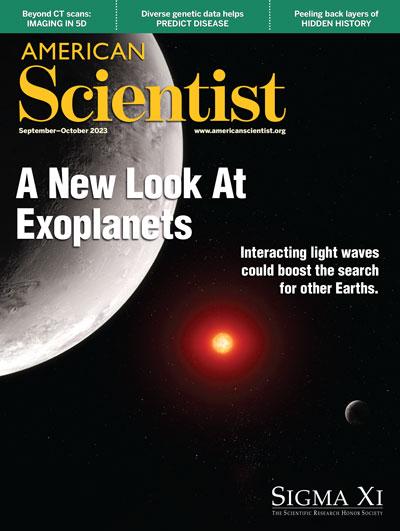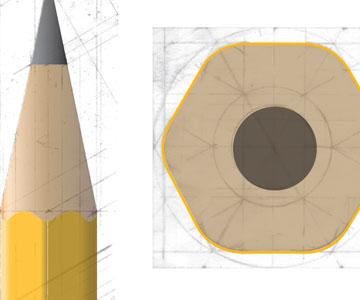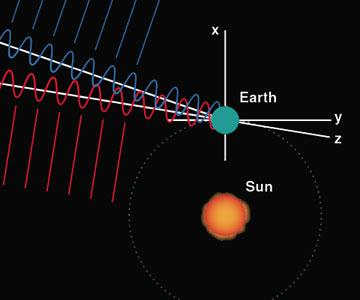Magazine
September-October 2023

September-October 2023
Volume: 111 Number: 5
The search for planets outside of our Solar System, or exoplanets, has taken off since the first one was detected in the 1990s; now thousands have been identified (such as those in this artist’s conception of the inner rocky planets of the TRAPPIST-1 system). However, all the methods currently used to find exoplanets have drawbacks, such as the requirement of a large time gap between measurements, which increases the potential for errors. In this issue’s Perspective column, “Direct Detection of Exoplanets” optical scientist Marija Strojnik discusses a method adapted from optical testing that uses the wave nature of light, which allows measurements to be made over a short time, potentially increasing accuracy. This method takes advantage of the off-axis position of an exoplanet orbiting its star, which alters the tilt of light wave fronts coming from the planet in comparison with those coming from its star. (Cover artwork by NASA, ESA, CSA, Joseph Olmsted/STScI.)
In This Issue
- Art
- Astronomy
- Biology
- Communications
- Engineering
- Environment
- Mathematics
- Medicine
- Physics
- Policy
- Technology
Medical Imaging in Increasing Dimensions
Ge Wang
Medicine Technology
Combining technologies and moving into virtual space makes seeing into the body more accurate and beneficial.
Time Is an Object
Sara Walker, Lee Cronin
Mathematics Physics
Not a backdrop, an illusion, or an emergent phenomenon, time has a physical size that can be measured in the laboratory.










